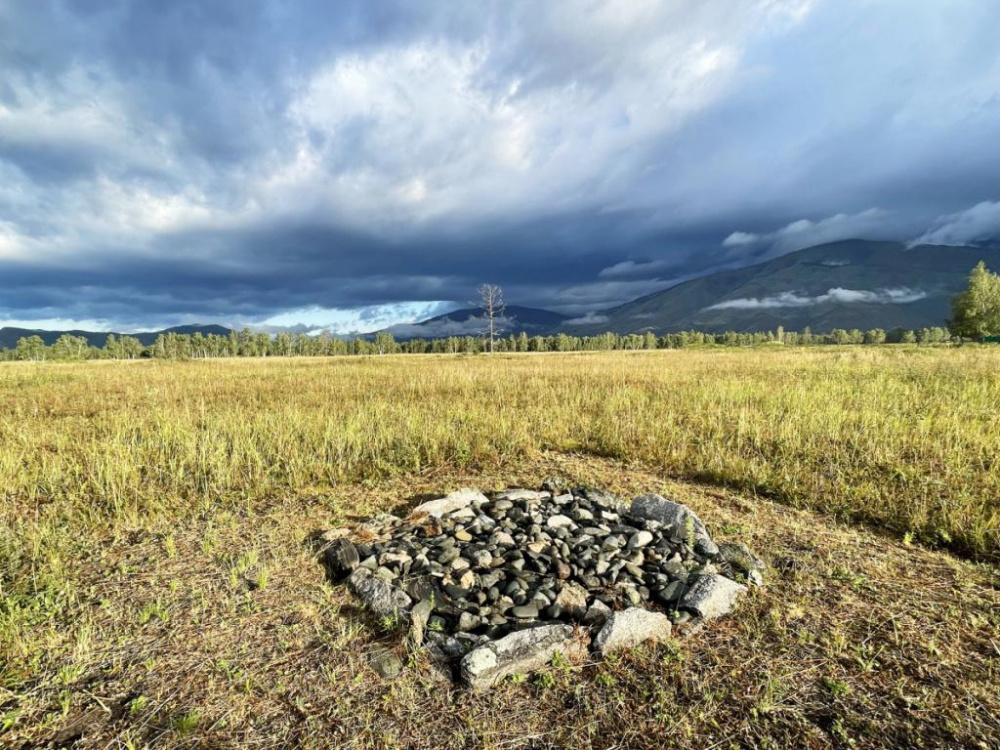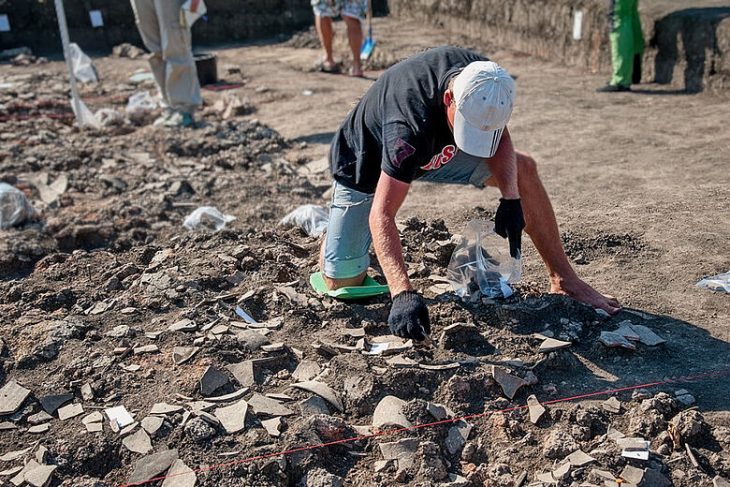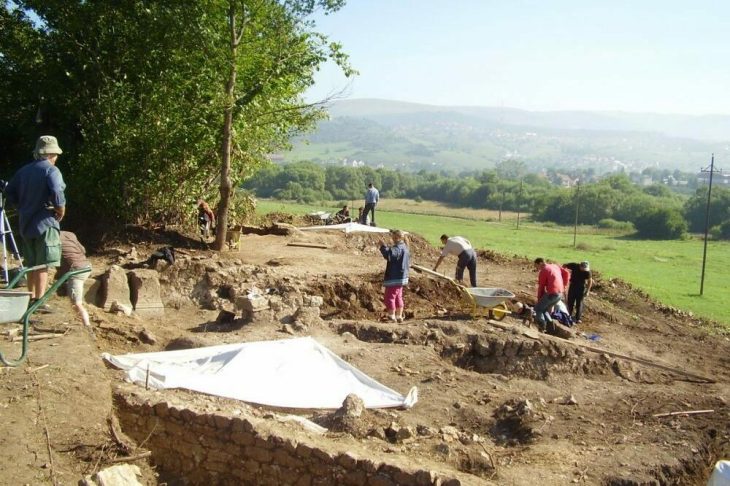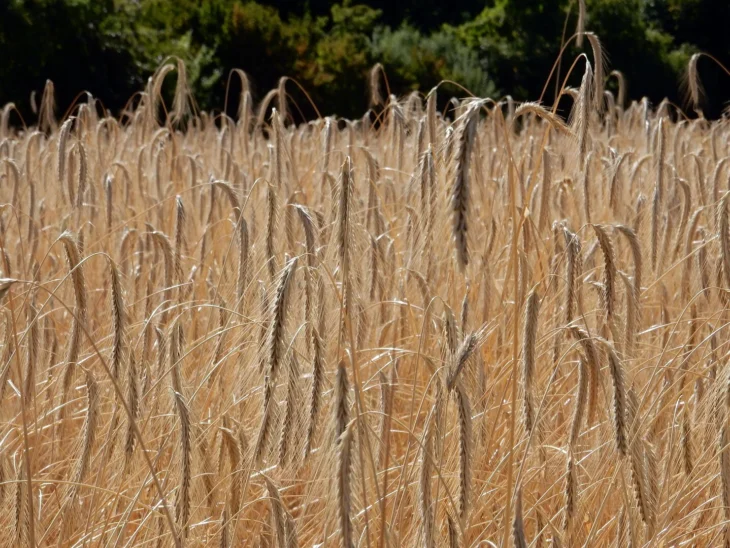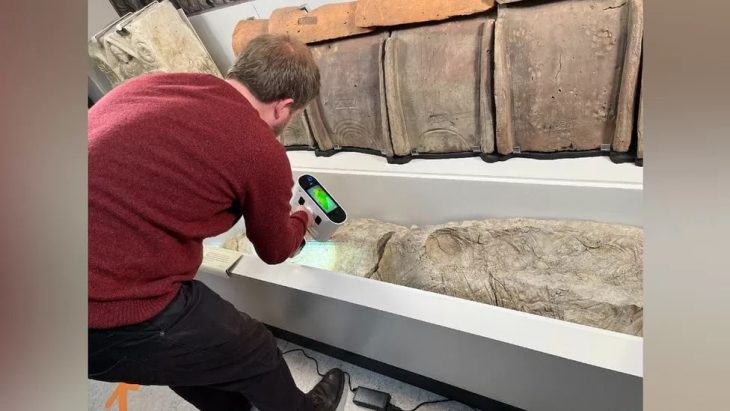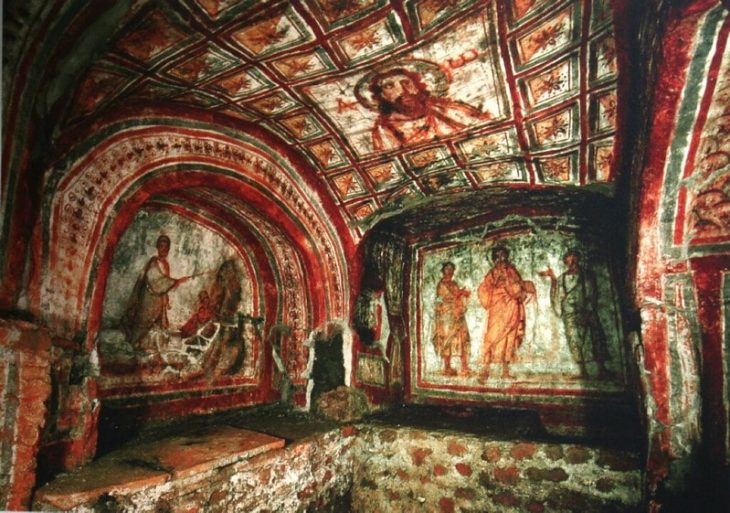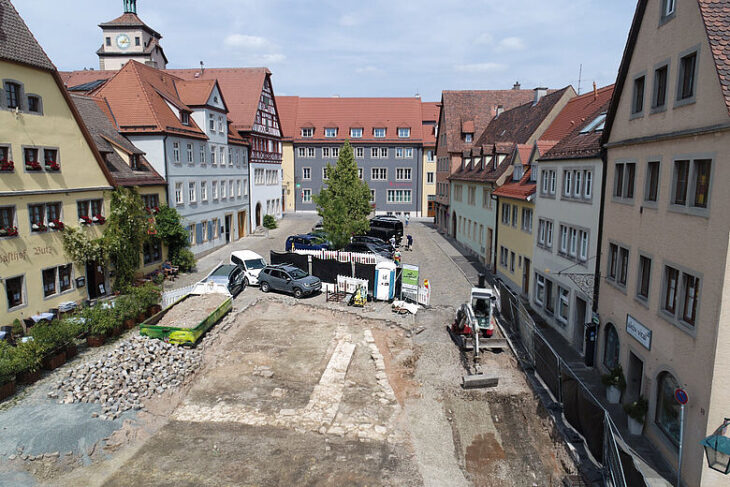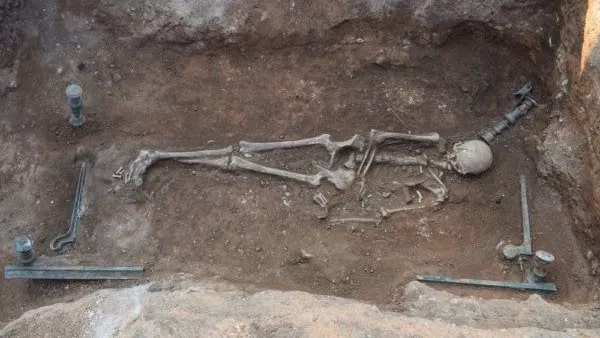Archaeologists from Altai State University and their international colleagues have made a groundbreaking discovery in Russia’s Altai Republic, unearthing artifacts that date back to the First Turkic Khaganate (6th–7th centuries CE).
The findings, excavated at the Katanda-I archaeological site in the Ust-Koksa district, provide fresh evidence of the Altai region’s pivotal role in early medieval Eurasian history.
International Expedition Reveals Ancient Nomadic Heritage
The excavations were conducted as part of the “Katanda-2025” international archaeological expedition, held from July 25 to August 12, 2025. The project brought together experts from the Altai State University’s Research and Education Center for Altaic and Turkic Studies “Greater Altai,” Kazakhstan’s Margulan Institute of Archaeology, and Al-Farabi Kazakh National University.
According to the head of the expedition, Professor Nikolai Seregin, the team uncovered ritual stone enclosures associated with Turkic funerary traditions. While such structures typically yield little material evidence, one enclosure revealed exceptionally rare items, including a miniature iron spearhead, a bronze belt buckle, an iron chisel, and fragments of a belt.
“These discoveries are unique,” said Professor Seregin. “The miniature spearhead and other items are not just rare artifacts but important cultural markers that help us better understand the rituals and material culture of early Turkic nomads.”
📣 Our WhatsApp channel is now LIVE! Stay up-to-date with the latest news and updates, just click here to follow us on WhatsApp and never miss a thing!!
Evidence of the First Turkic Khaganate
Radiocarbon analysis of wooden remains from similar enclosures suggests the artifacts date to the period of the First Turkic Khaganate, one of Eurasia’s most influential nomadic empires. Established in the mid-6th century CE, the khaganate extended its influence across vast territories, shaping the destinies of many peoples in Central Asia.
Although the empire lasted only about 50 years, scholars consider it a defining force in the region’s political and cultural development. The recent finds strengthen the argument that the Altai Mountains remained a key center of nomadic civilization even after the khaganate’s political core shifted to Mongolia.
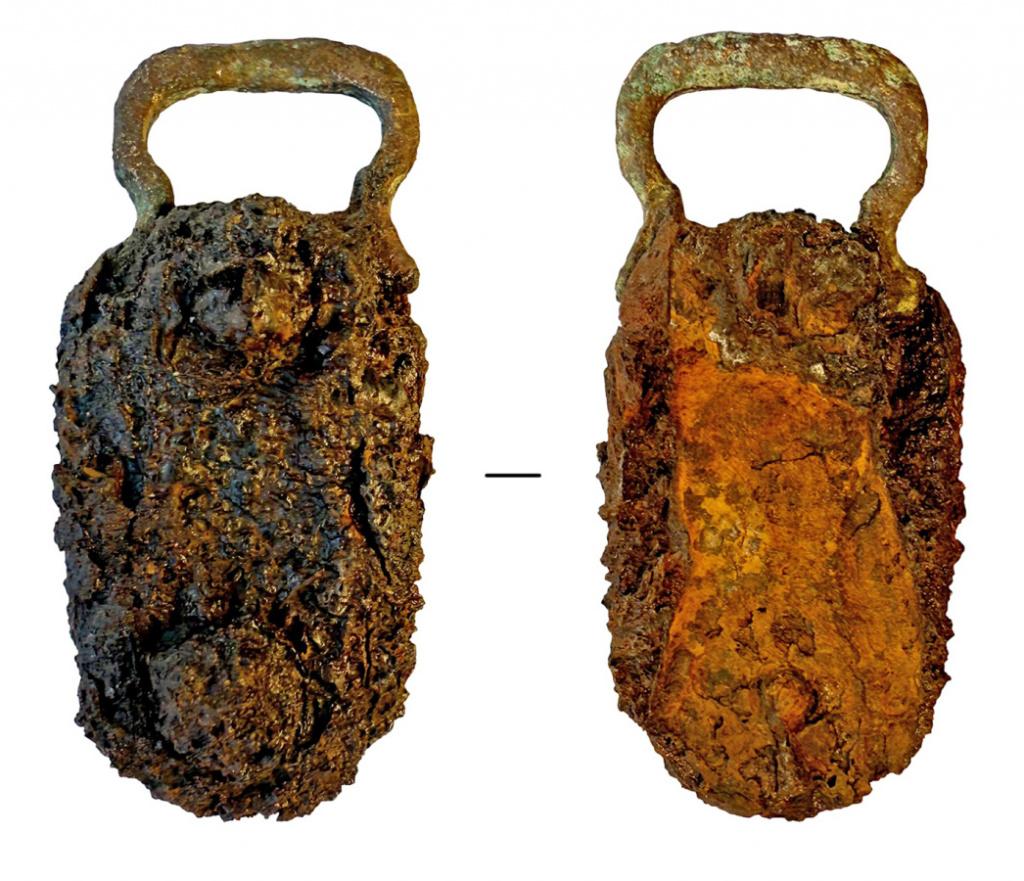
Rare Finds Near Mount Belukha
The Katanda-I site, situated within sight of Mount Belukha, yielded a remarkable collection of artifacts. The bronze buckle and belt fragments represent high craftsmanship, while the iron chisel highlights the utilitarian tools of nomadic life. The most intriguing item, however, is the miniature spearhead—a symbolic object possibly linked to ritual or commemorative practices.
Such discoveries are invaluable, as archaeological sources for the study of this period remain scarce. The new evidence underscores the importance of Altai as a cultural and spiritual hub for early medieval Turkic peoples.
A Window into Eurasia’s Nomadic Past
The findings from Katanda-I provide rare insights into the material culture and ritual practices of nomadic societies. They also highlight the collaborative nature of modern archaeology, with Russian and Kazakh scientists working side by side to unravel the mysteries of Central Eurasia’s past.
As Professor Seregin noted, each new discovery brings us closer to understanding how the Turkic Khaganate shaped the historical trajectories of neighboring states and cultures.
Looking Ahead
The “Katanda-2025” expedition is expected to continue in the coming years, with scholars hoping to uncover further artifacts that illuminate the role of the Altai Mountains in Eurasian history. For now, the miniature spearhead, bronze buckle, and other items stand as tangible links to a powerful nomadic empire that once dominated the heart of the steppe.
Cover Image Credit: Press Service of Altai State University

